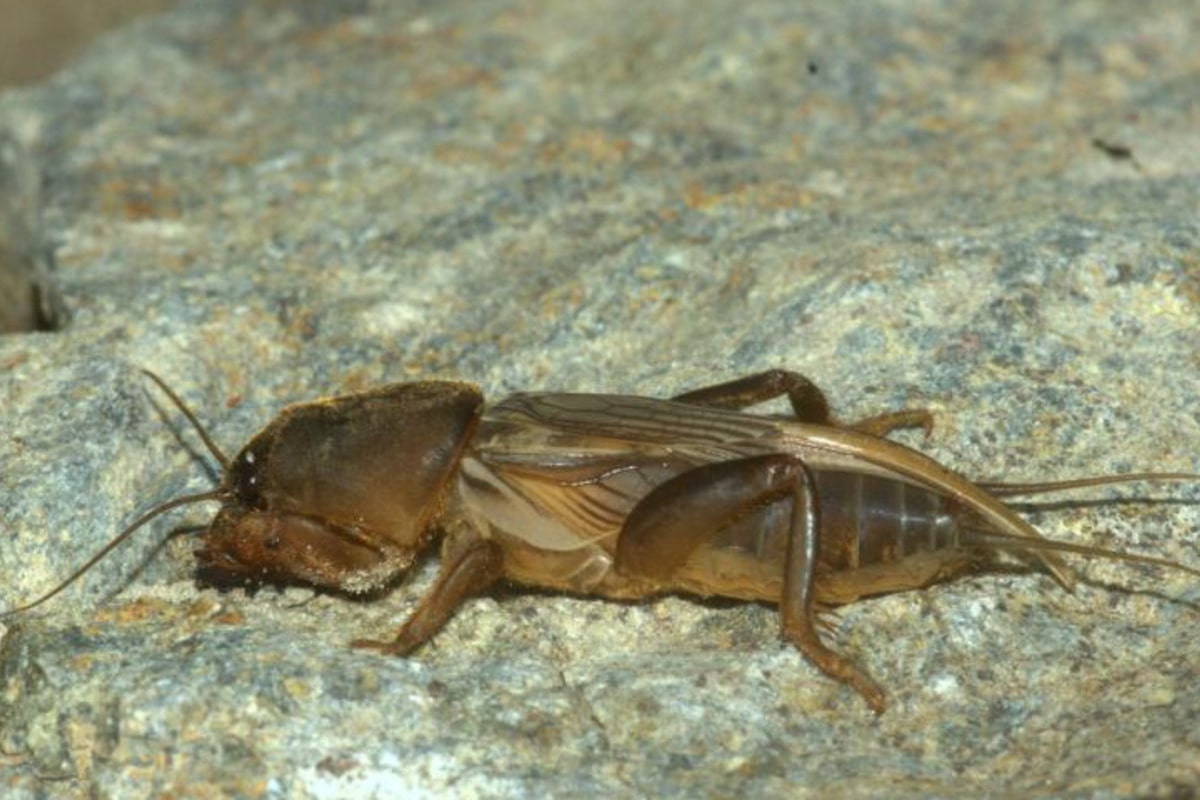The world of insects hides many surprising secrets, and earwigs are one of its most unique examples. These unusual creatures attract attention with their appearance, behavior, and distinctive body structure. They are most often found in shaded places such as under stones, in cracks, in soil, or beneath fallen leaves. Despite their intimidating look, most of them are completely harmless to humans. In this article, you will discover interesting facts about earwigs you might not have known.
- Earwigs belong to the order Dermaptera, and their hind wings are folded in such a way that they resemble ear-like shapes. These wings are hidden under short wing covers and remain invisible when the insect is at rest.
- Their most characteristic feature is the strong pincers at the end of their abdomen. These are used for defense, capturing prey, and during mating rituals. Males have curved pincers, while females have straight ones, which allows for easy differentiation.
- Contrary to popular myths, earwigs do not crawl into people’s ears or reach the brain. This urban legend likely arose because they prefer dark, moist environments, which occasionally include clothing, shoes, or areas near people during sleep.
- They are omnivorous, feeding on plants, fruits, dead insects, and sometimes even live prey. This dietary flexibility allows them to survive in various environments.
- Earwigs are nocturnal creatures. They hide during the day and emerge at night in search of food. This lifestyle helps them avoid predators and human contact.
- They are one of the few insects that care for their young. The female guards the eggs, cleans them, and after hatching, feeds the larvae for the first few days and protects them from danger.
- When threatened, an earwig raises its abdomen and displays its pincers to scare off potential enemies. Sometimes it pretends to attack, although it is not venomous and poses no serious threat.
- Some species have wings, but they rarely use them. Their bodies are not well-suited for long flights, so they primarily move by walking or crawling.
- There are more than 2,000 known species of earwigs across all continents except Antarctica. They are most abundant in tropical and subtropical regions.
- Studies show that earwigs have existed on Earth since the Jurassic period, over 150 million years ago. This makes them one of the oldest existing insects.
- Males often compete for females by using their pincers in courtship battles. These duels are an interesting form of intraspecies rivalry.
- Some species can damage gardens by feeding on delicate buds and leaves. However, most play a beneficial role by removing decaying organic matter.
- The earwig’s body is soft and flexible, allowing it to squeeze into very narrow crevices. They are usually brown or black in color, sometimes with a slight sheen.
- Although their vision is poor, they navigate their environment using long antennae. These are constantly in motion and serve as sensitive touch sensors.
- In winter, they hide under tree bark, in building cracks, or among dry leaves. During frosty conditions, they can enter a dormant state to survive the cold.
- Research has shown that some females exhibit social behavior, which is rare among insects. This includes staying with the larvae and caring for them for several days after hatching.
- Despite being feared by many people, earwigs play an important role in ecosystems. They help break down organic matter and reduce the number of harmful pests.
If these fascinating facts caught your attention, you might look at earwigs in a completely new light. These often-overlooked insects are surprisingly complex and worthy of closer observation. Their behaviors contain many mysteries, and their ecological role is far more important than one might expect. Earwigs may be small, but they are indispensable parts of the intricate web of nature.





